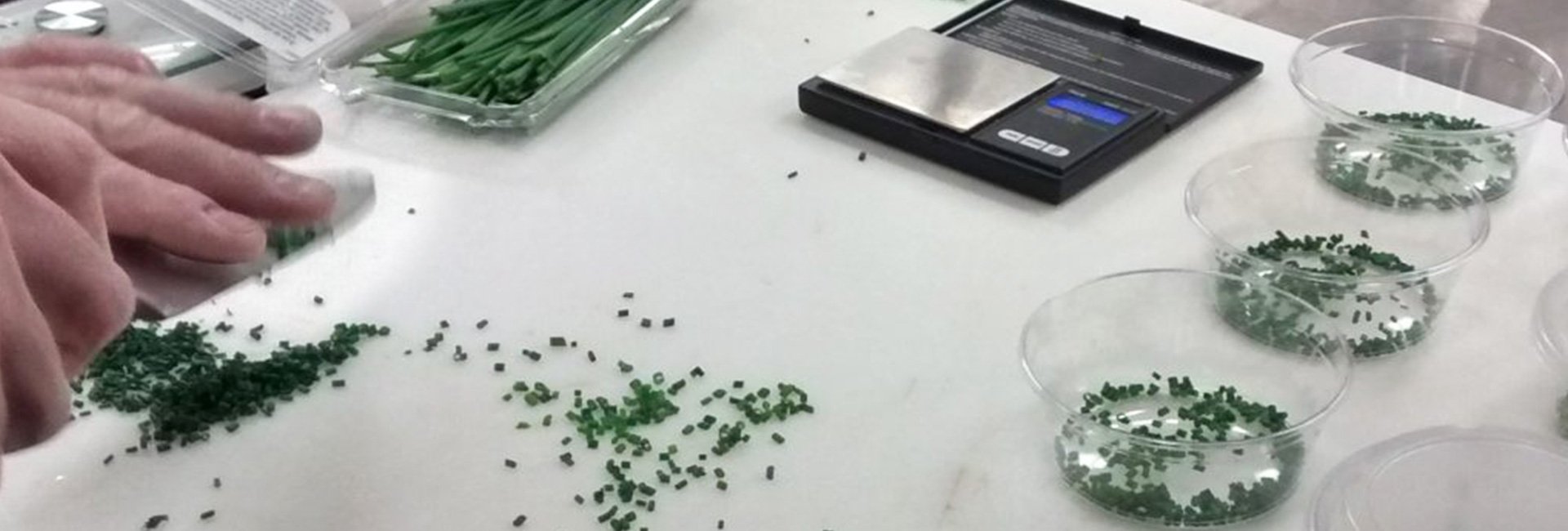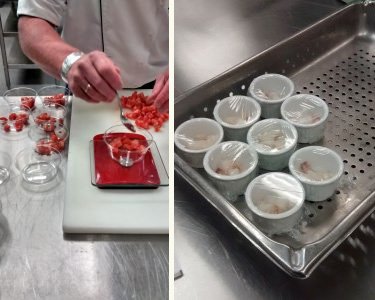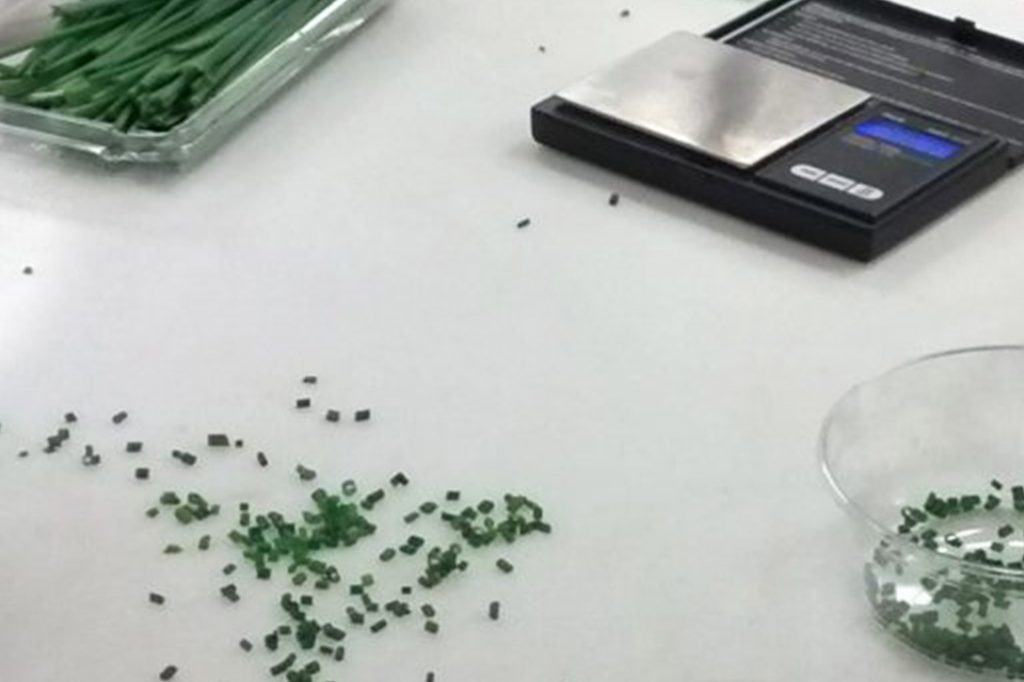
Sirocco Food and Wine Consulting recently delivered organoleptic training to Lethbridge College (LC)’s culinary research team. This deliverable fits into the Alberta college’s mandate to add an applied research component to their culinary careers program.1 The sensory science project is one facet of a $2 million Natural Sciences and Engineering Research Council of Canada (NSERC) grant that was awarded to LC to support applied research in Integrated Fish and Plant Systems (IFPS).

Sensory analysis is a food science tool that is gaining acceptance in the food sector where it provides a means to mitigate risk in the context of launching a new product, rejuvenating a mature one or ensuring production quality control.2 Best practices in Research & Development and Marketing activities integrate sensory methodologies as a way to innovate and gain a competitive advantage.3 Consumer acceptance and willingness to buy depend on product flavour quality.4 Sensory evaluation provides a way to identify and measure organoleptic parameters of food products that meet consumer expectations of flavour.
The 3-day workshop was intended to provide theoretical and applied training to the Lethbridge College Culinary Research Team members. The immediate objective of the workshop was to provide the participants with an overview of the food sensory evaluation field and to demonstrate an array of organoleptic tests involving produce and fish. Chefs and their students evaluated food products obtained from aquaponics technology against similar foods available in the retail market.
Sensory methodologies included consumer acceptance tests along with discrimination and descriptive protocols. From these experiments, participants were able to measure their taste preferences (“degree of liking”), detect sensory differences between two similar products and rate product quality using a quality assessment grid. Food products were evaluated for a number of sensory parameters such as flavour, aroma, texture, visual appearance and overall quality. The goals of the seminar were for participants to understand how to select a specific sensory test towards meeting an objective and to gain experience in data collection, statistical analysis and reporting.
Sensory analysis skills in the culinary arts allow chefs to evaluate, in a rigorous manner, the quality of the food they source and prepare. By participating in sensory panels, the culinary profession learns to describe the organoleptic profile of food and link key sensory characteristics to product quality. This expertise is in turn useful in understanding taste preferences.
Contact Sirocco for Sensory Testing & Training Services
References:
- Lawless, H. T., Heymann, H., & SpringerLink ebooks – Chemistry and Materials Science. (2010). Sensory evaluation of food: Principles and practices (2nd). New York: Springer
- Moskowitz, H. R., Beckley, J. H., Resurreccion, A. V. A., Wiley-Blackwell Online Books, & Ebrary Academic Complete (Canada) Subscription Collection. (2012). Sensory and consumer research in food product design and development (2nd). Ames, Iowa: Blackwell Pub.
- Singh-Ackabarali, D. and R. Maharaj. (2013). Sensory Evaluation as a Tool in Determining Acceptability of Innovative Products Developed by Undergraduate Students in Food Science and Technology at The University of Trinidad and Tobago. Journal of Curriculum and Teaching 3 (1):10-27

